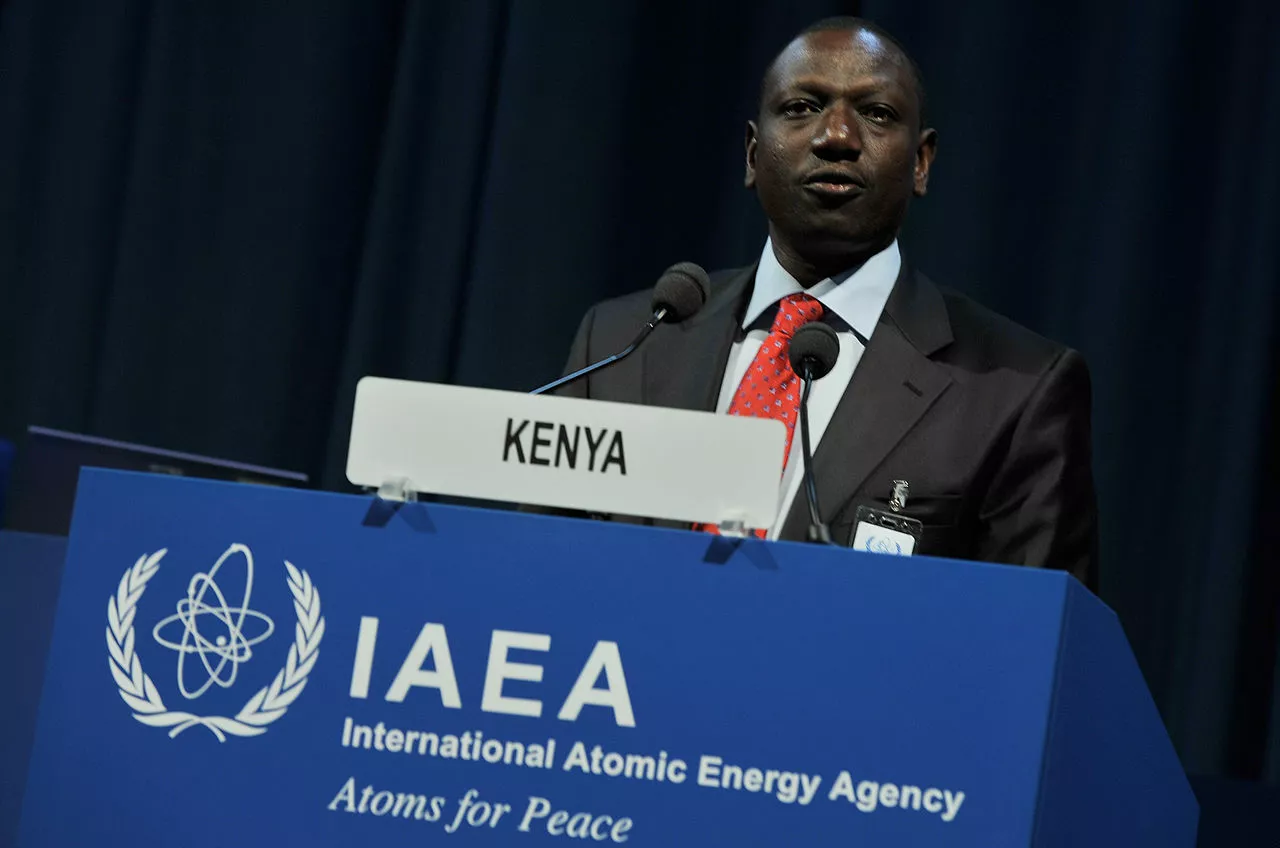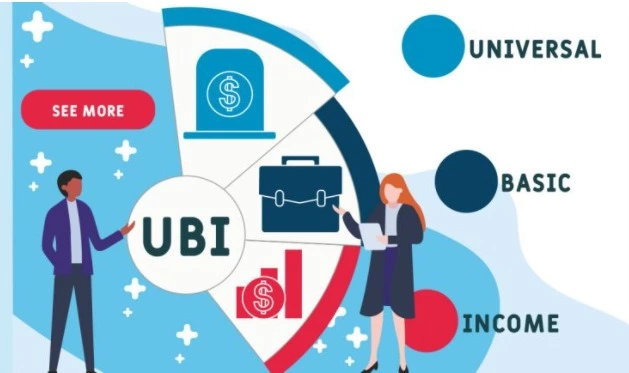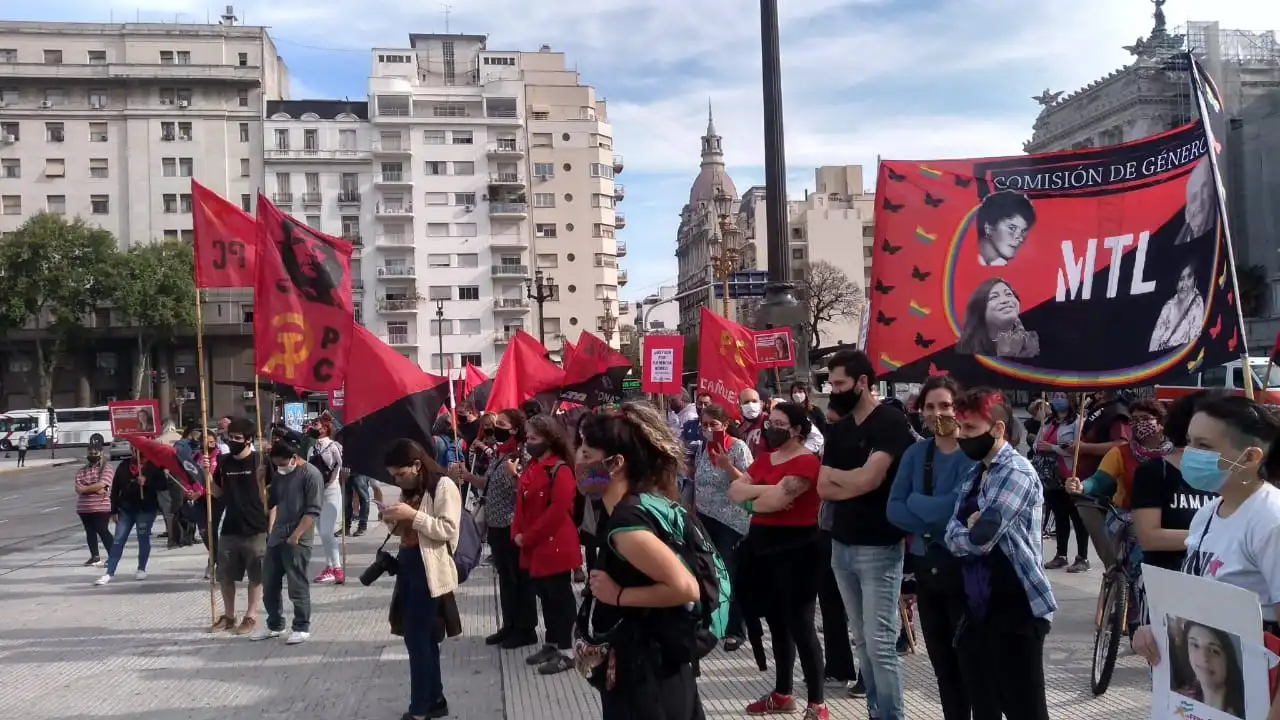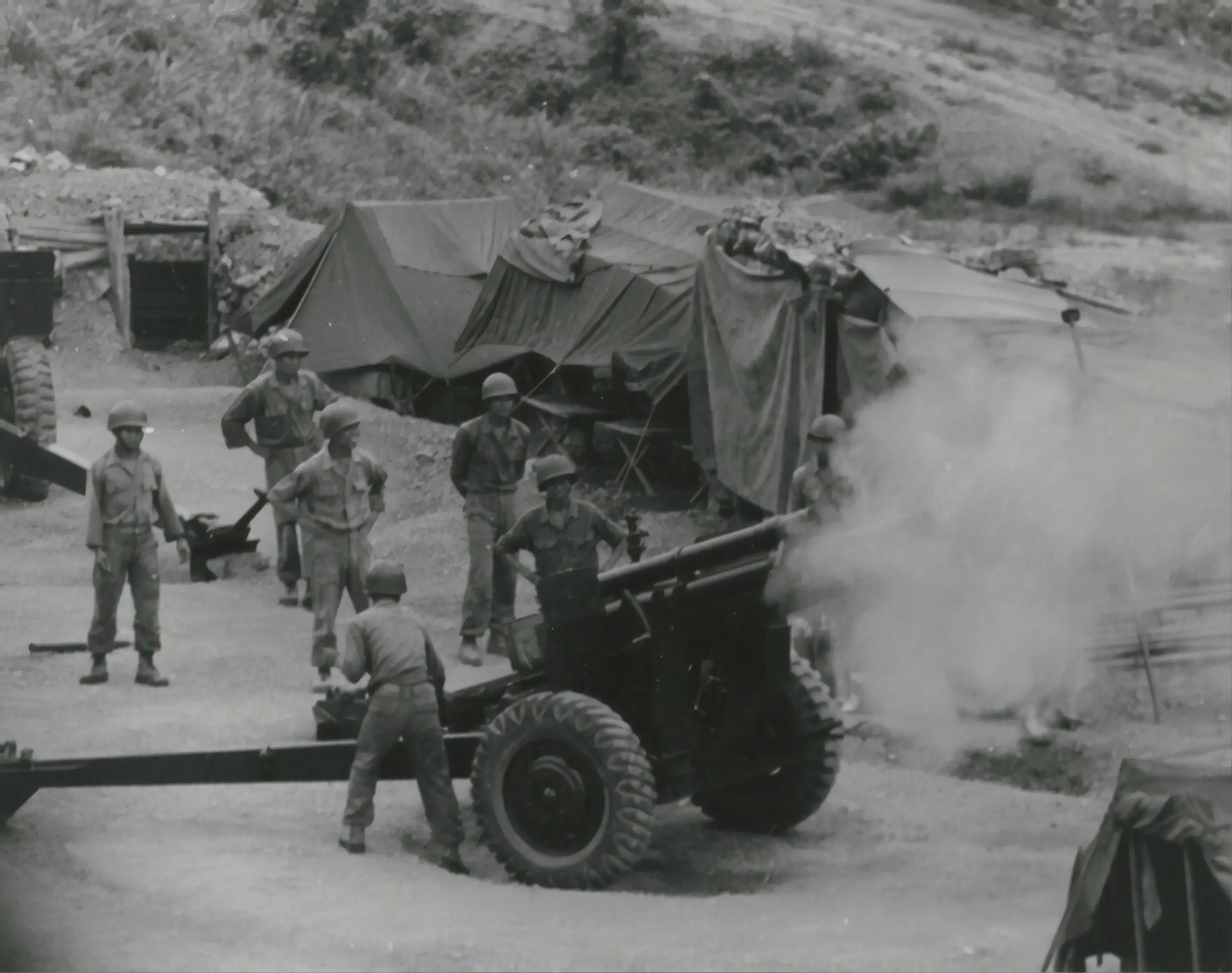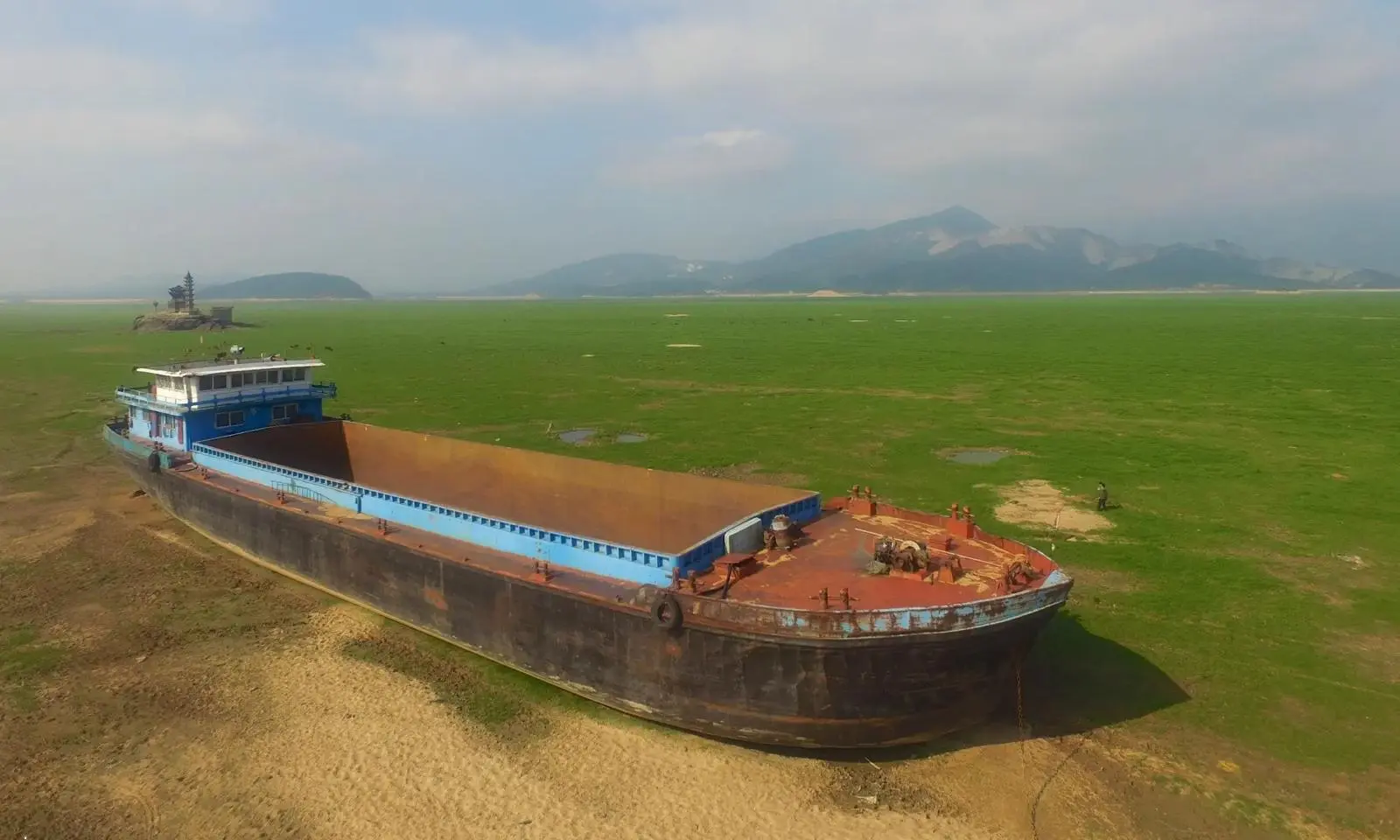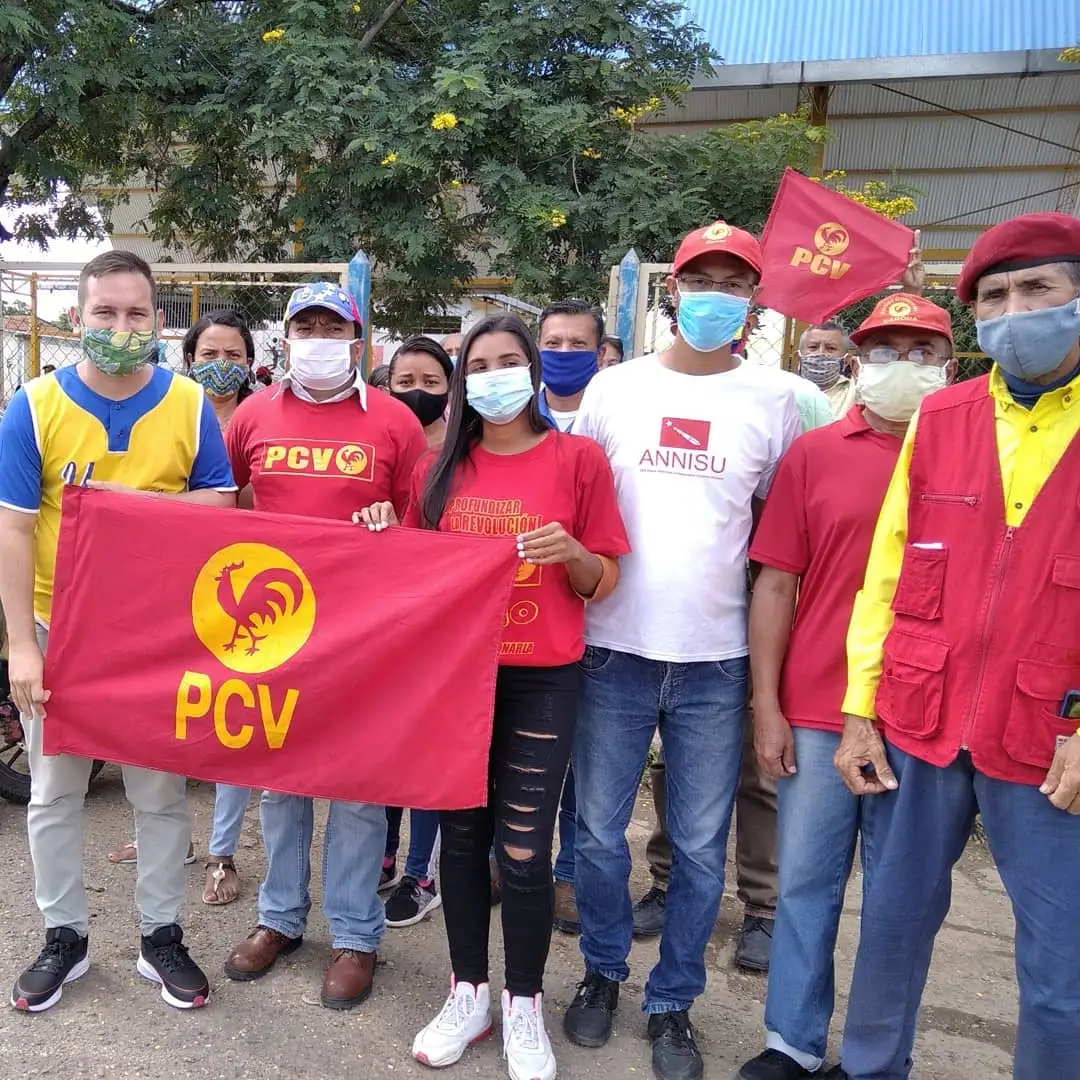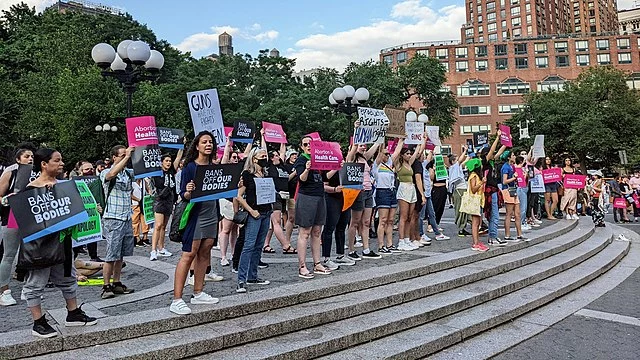…click here to read the previous part
World building
The veil of mass delusion was lifted from Kenyan society following the contested 2007 General Election results which resulted inthe 2007/08 post-election violence in which the country ground to a halt leavingthousands dead, more maimed and even more displaced as ethnic fires were stoked in the fight for the presidency.
Before then, the majority of Kenyans had believed that Kenya was an island of peace,that somehow, Kenyans were above all that nastiness and brutality so prevalent in neighbouring countries. This belief was reinforced by President Moi’s‘Nyayo’ philosophy of peace, love and unity which combined with patriotism became the north star of the country’s direction;those qualities were expected to be present and enforced in every aspect of Kenyan life. Individualism, questioning of authority and any form of uncomfortable discussion about things that contradicted the philosophy were shunned and shut down.

Nyayo philosophy was so effective that, despite the regular ethnic clashes that followed every election campaign cycle, Kenyans chose to believe in it. They swept aside any and all reports or complaints of war and fighting: talks of ethnic cleansingor displacement were swept under thecarpet and everyone comforted themselves that it was for the best because it was not really Kenyanand therefore did not need to be spoken of.Moi’s Kenya had to abide by Nyayo philosophy of peace, love and unity no matter if the house was burning around you.
Despite his tight hold on the country and the philosophy’s fanatical enforcement, ethnic clashes persisted like clockwork, and when Kenyans joined protested against Moi’s brutality, corruption and incompetence, both the protests and mass killings by the police and Moi’s paramilitary forces became normalized. But even then, Kenya was still underthe dictatorship and with a controlled media;grumblings and riots were sectioned off. The story changed.As far as the majority of Kenyans were concerned, it was those people and those tribes were spoiling it for the rest of the country.
The new word on the street was that theirclashes and their protests had nothing to do with the rest of the country. Subsequently, life went on as usual and nobody bothered to look closely at the underlying issues lest they be called radicals —or worse — labelled trouble makers and taken to the Nyayo house torture chambers for a taste in state-sanctioned torture, sadism and murder. With over forty tribes in Kenya, the solution was ironically tribal and ironically easy to enforce because those protests and conflicts were easily assigned to two or three tribes; leaving the majority unaffected and unbothered.
That fanatical belief in Kenya’s invincibility and divergence from the rest of Africa’s problemswas reinforcedafter Kenya conducted a peaceful, picture-perfect transfer of power following the 2003 election of President Mwai Kibaki. Seeing the former dictator Moi taking his things and peacefully leaving the seat of power after twenty-four years was so unbelievable. So unAfrican.
But, oh so Kenyan.
Everyone was proud of the moment: the impossibility of carrying it off and being able to do what many had never managed to do was just one more thing that proved just how beautiful, peaceful and democratic Kenyans were. The transfer had been so perfectly executed that for a couple of years, Kenyans were reported to be the most optimistic people in the world!
It appeared as if the former clashes were a thing of the past. It was if the election of Mwai Kibaki under the auspicious endorsement of Raila Odinga was the magic potion that would heal Kenya’s tribal and ethnic differences.
That peace and that optimism was shattered in December 2007.
The 2007 election results were contested and then chaos erupted in the Rift Valley and some parts of Nairobi, and with every day, the fighting continued, Kenyans lived under the threat that it would spill over into the rest of the country. Kenyans, were being hunted, burned and killed in broad daylight and with it was the cold, choking realization that Kenyans were like any other people.
But somehow,the problems were arrested before civil war became permanent. A power-sharing agreement between Raila Odinga and Mwai Kibaki was reached. President Kibaki shared his government with Raila Odinga as Prime Minister.
Despite the appeal of the power-sharing arrangement, many Kenyans went into self-reflection and agreed that the Kibaki-Raila arrangement, which was only a political solution, was not enough.It was important to address the problem at the root and take away the elements of ignorance and susceptibility to violence — andpunish those who had stirred that ignorance and violence.
As a result, Kenyans underwent massive civic and political education programs. In whatever format they took, the messages all said the same thing: political clashes are about power grabs for the elite politicians;the average Kenyan is being used to bring votes, prestige and power to the ethnic political chiefs.Kenyans came to understand that violence would bring nothing but suffering and death for the people while their so-called leaders hid in their mansions.
Thanks to these programs, Kenyans became generally progressive around the issues of politics and power. The influence of tribal leaders diminished particularly among younger people. This, in turn, forced the political leaders to engage in a different kind of debate. It is from these debates and in the avoidance of ethnically-charged political campaigns that the next three presidential campaigns would be shaped.
Origin story
The first people to take advantage of Kenya’s changing landscape were William Ruto and Uhuru Kenyatta. The two formed an unlikely alliance: something borne out of a lastpditch attempt to save themselves from their impeding criminal case at the International Criminal Court.They were accused of crimes against humanity for their alleged roles the 2007/08 clashes.
Another reason their alliance was intriguing was the tribal element and their lives until that point. There was Uhuru Kenyatta, the Kikuyu prince with the Mount Kenya people behind him on one hand and then William Ruto, a lone wolf at the time who had the potential to bring the Kalenjinpeople together.
Add the fact that the two were meant to be snitching on each other at the ICC case, their decision to align and run together was cemented in common interest.
Lest we forget, Kenya was also changing. Rising from the ashes of those burned alive were the seedlings of hope and unity. Blatant tribalismwas a big no-no and unity, particularly between leaders of the two warring tribes was encouraged and welcomed by those who had watched the 2007/2008 post- election violence. It was better for the country that those two were put in one camp.
The Uhuru-Ruto campaign was boosted by the massive growth in social media. Kenyans had just exploded into the online space and it became the ideal place to express social issues. Therefore, it was easy to frame the impending ICC case as another imperialist, neo-colonial move. Kenyans on Twitter were deeply opposed to the clear Western interferencethat coloured the nasty ICC business. It was perceived as a case of more salt being dumped on the wound of the ever-growing list of Western-sponsored insults to Africa.
So strong was the anti-US sentiment that Kenya was among the first countries to call out CNN for its biased media reporting.CNN’s credibility was wiped out, and a decade later, it has not recovered.
Everything was in line for Uhuru and Ruto to succeed; and their differences made a difference!
Their shared misery united Kenyans who wanted to solve the ‘Kenyan issue’ in Kenya, which garnered them a lot of sympathy votes. The sense of outrage towards the West that they could just snatch Kenyan sons and throw them into their prisons whilewar criminals like George W. Bush, who had committed the most vile crimes against humanity went free.
Alot of Kenyans felt that the country would definitely be peaceful if the Kikuyu and the Kalenjin —the two tribes most involved in ethnic clashes — were united in getting their sons out of the clutches of the ICC.If their unity could the violence, maybe they could be forgiven for any crimes they may have sponsored!
After winning the 2013 elections, president Uhuru Kenyatta and Deputy President William Ruto killed all those rumours and previously held beliefs that a Kalenjin and a Kikuyu were enemies and the wounds of the 2007/08 clashes healed faster. Their partnership and their much-promoted romance under the compound name ‘Uhuruto’ was taken as a sign that there were no political enemies among the leaders. Kenyans would be foolish if they let ethnically sponsored hatred and violence dominate their lives.
Uhuru Kenyatta and William Ruto’s win was seen as a win for the Kenyan people.
With these lessons fully learned, the 2017 elections found Kenya at yet another crossroad. This time, Raila Odinga was threatening to crown himself the People’s President after losing in the original and then the runoff presidential election. The fact that Kenya held a successful run-off election was another solid win for Kenya’s unique form of democracy. But more than that, it was a mark of the respect for the rule of law and the Constitution. People were amazed and proud to see things working as they should.
Raila’s threats were valid: he had the numbers in terms of national spread and political influence. Uhuru Kenyatta and William Ruto’s win was centred only on two regions central Kenya and the Rift Valley, while Raila Odinga’s support spread across ever part of Kenya. The numbers may have said otherwise, but the map told a whole different story and the majority of people in those places believed it was Raila Odinga’s win.
Like Mwai Kibaki and Daniel Arap Moi before him, Uhuru Kenyatta invited Raila Odinga to share a seat at the table. They held the now infamous political handshake that was meant to convey the end to Raila Odinga’s complaints.The handshakeintimated that Raila could ride on the wings of Kenyatta to succeed as the next president, but this posed a big problem: what about William Ruto’s succession plan?
After all, the two had campaigned on a promise of ten/ten, meaning two five-year terms for Kenyatta, who would back Ruto for his two five year terms. Raila Odinga was crashing the Uhuruto party and William Ruto’s well laid plans. That was not acceptable to Ruto.
Not only did Raila Odinga threaten William Ruto’s position as the next potential president, but Uhuru’s decision to collaborate with Raila must have hurt Ruto to a much deeper level. The two had behaved like two parts of the same coin. They had complemented each other. Ruto was the serious, hard worker, Uhuru wasthe fun-loving, down to earth, rich man.
For the first time in over a decade, William Ruto found himself the one left out in the game of political musical chairs. He had been unceremoniously thrown out from the very place he had secured for himself. He found himself banished to the role of being a Deputy President in its strictest sense. He was to be seen and not heard.
Hurt, and feeling vengeful, Ruto decided to punish the two. It would be an easy quest: Ruto knew both of them so well. He had been part of the Orange movement during the 2007 elections with Raila Odinga as the presidential candidate. He had been Uhuru Kenyatta’s supporter, and his number twofor two campaign seasons.
Raila Odinga’s biggest weakness, which was his age, Ruto’s natural advantages set him on a path that would destroy Baba [father] forever. Baba, as Raila Odinga came to be called during the 2022 elections wastired.His ideas were too stale and his moves too predictable to pose any threat for a man with nothing to lose but a couple of ‘allegedly’ looted billions he had amassed as Deputy President.
Because of his handshake with Uhuru Kenyatta, many of Raila’s supporters felt betrayed. Raila’s compromise was an insult to the Kenyans who really despised Uhuruto because of their corrupt legacy and the declining welfare of the state of Kenya.
The other reason the handshake weakened Raila was because Uhuru Kenyatta(and William Ruto) were very incompetent. Their ‘plans’ seemed to die the moment the withdrew Kenya from the ICC case and nothing of their promises ever came to be. Joining with such incompetence, the handshake became the kiss of death for Raila’s political future.
While they were together, Uhuru Kenyatta’s weaknesses were also William Ruto’s weaknesses. Their falling out freed Ruto, who was able to find ways to distance himself from the mess of the Uhuruto government. Ruto had enough mileage to shape his narrative and to find convenient way to justify why unemployment was on the rise, why corruption was on the rise and why theUhuruto government worked with such gross incompetence that Kenyans were deprived of basic services.
As we saw in Part I of this series, it was clear that corruption had become part of Kenyan culture. Therefore, when the media covered the construction of William Ruto’sbillion-shilling mansion, it was seen as the life!
Some people were not disgusted because they, too, wanted their own mansions. Those journalists wanted their own mansions and they were not going to ask any hard questions or demand more thinking than the ability to admire such a man — paid only one million shillings a month — could afford to build a billion-shilling mansion within three years.
With the corrupt-culture reigning supreme, Ruto became the man many people wanted to be. A hero. And stealing from the people was no longer a thing of shame: it was an aspiration. and it was this greedy aspiration. Thanks to the Uhuruto government, corruption had become Kenya’s culture. Everyone knew that corruption was never a punishable offence and even the normal people wanted to eat!
William Ruto became the anti-hero who would inspire thousands, if not millions.
A hustler in the streets
William Ruto could not afford to be on his own and, more than that, he had to be with others who were not from his tribe. He needed to make that connection fast.He could not afford to be seen in the same light as Nicholas Biwott, a powerful Kalenjin billionaire who had enriched himself during Moi’s regime. Ruto could not linger on his own. Fortunately, he had the experience of two campaign seasons with Uhuru Kenyatta, he knew every nook and cranny of the Mount Kenya region and how to make a non-threatening approach.
However, before Ruto could make his intentions known, he had to court a liaison, someone who would welcome him, no questions asked. It was too early to start to win over the politicians. He needed somethingmore subtle and methodical.
The evangelical churches headed by start-up entrepreneurs were growing. There was competition among them to harvest the souls of the people who were growing more and more desperate as the real-world impact of the Uhuruto policies hit the average Kenyan. The desperation created by fast-growing poverty levels and increasing inequalitypushed the peopletowards the churches. And the enterprising churches welcomed them.

Church was also the only other place where William Ruto, at the time, could be welcomed without hesitation, particularly because he needed an open invitation to visit areas outside his tribal influence. Nobody was going to raise an eyebrow if he decided to worship in the villages because that was a matter between him and his God.
This was not Ruto’s first time using the church. It started in the days of following the 2013 election: When he has elected Deputy President, Ruto was still facing a potential life sentenceat The Hague for crimes against humanity. William Ruto did not have the name or the means to fight the case like his boss. He knew that he had to win over international and continental opinion. However, he had to win the locals first. Therefore, when the new Deputy President went to church and cried his heart out, the church welcomed him.
By 2018, William Ruto had perfected his church routine. Seeing a Kalenjin man letting his tears flow and his emotions surface aroused sympathy from the church goers. When people saw the reddened eyes it seemed as if his sorrow was being torn open for the world.
He donated billions of shillingsto the church and his wife became a prophetess who would stand by his side and send prayers and predict blessings and prosperity — for those who were on Ruto’s side and of course, bad times for those who were not. And when he left that church, he left behind a seed, money he had put down to feed the church leaders and their projects while they sang his name and prayed for him during each service. And the more Kenyans suffered, the more the church pews filled and the more the televangelists prospered, promoting prosperity gospel.
Seeing their moment to harvest from Ruto’s miraculously amassed wealth and driven by the same greed to showcase success and ability as the hook for desperate worshippers, more churches invited Ruto.
Ruto would be invited to donate to a certain project; which he would do with the pomp and humility of any televangelist. And when the donation was made, prayers were said and blessings were made. Ruto was forgiven for the mess he had made in government. Soon Ruto was being invited to churches outside the Rift Valley and Mount Kenya region.
Ruto, no longer concerned about the Kenyatta legacy left his office for the campaign trail. Driven by therelentless soul reaping campaign, the church leaders joined in proclaiming the evangelical rags to riches story as exemplified by William Ruto. But the prosperity gospel is not for those with absolutely nothing. William Ruto, a chicken farmer, had become a billionaire by hustling his way to the top and they too, could enjoy their own story if they joined in the party!
As the story grew and more seeds were planted in different places, Ruto’s image changed. He was no longer seen as the once-feared man who was associated with the group that burned Kikuyu’s seeking shelter in a church, (according to the ICC case).
He was not seen as the man who, by his ambition and lack of empathy was driving the unquenchable state corruption machine… no. he was seen as a man. A human being. A person who, like the church goers, was also a human who was not perfect but was doing his best to donate to make up for his sin.
A man of action. A man of the people who shared in their suffering: coming to their churches and crying with them and it felt real. His apology felt real. His money was real enough and his goodness, by extension, was made to appear good enough. That, that, by sitting on the very same pews they had sat, they were now brothers in Christ.
With the help of church leaders, he amassed a huge female following. The reason for this following was because more women than men go to church. Women were also easier to be moved by his perceived humility: they felt a connection with him and his tears made his apology seem genuine. The promises he made if he was to become President were easy to believe. After all, he was already a rich and powerful man. They imagined that even if he had stolen in the past, he would not be greedy because he had already taken what he needed.
They wondered how things would be if William Ruto could become the next president. They smiled when they imagined how a country governed by a President — and First Lady — who were dedicated to prayer and the church would be so pure and heavenly!
Unfortunately, women were not enough. Women may be good ambassadors but their votes were also easily influenced. Their beer-drinking husbands, many of whom were casualties of the Uhuruto policies could come influence them to change their minds. If William Ruto wanted to win, he could not just use the church leaders and the women, he needed more.
He needed the Kenyan youth to come to his side.
The hustler movement
A male lion must kill the cubs of his rival lion when he takes over the pride. This is not cruelty on the part of the new male: it is done to ensure that his genes arepassed on in the pride and to get the lionesseson heat as soon as possible for the new lion to breed his new pride. That is the nature of things.
This cruel system has been replicated in the Kenyan political and economic systems. First introduced by the British colonialists, the killer lion system has been perpetuated by successive regimes from Jomo Kenyatta to the new presidency of William Ruto.
Driven by the urge to accumulate as much wealth for themselves — and their families and friends — the system has no room for ‘others’.
In the case of the British, the colonialists, who were essentially the new lions in the pride, took over the prime lands of Kenya in order to produce resources for their motherland.To ‘acquire’ that land, they killed off the competing locals which spiked fear among the rest of the people. This gave them near free labour because the locals had no choice but to work for the colonialists. This either out of fear of imprisonment or death by starvation since their productive land had been grabbed by the Brits; meaning they had to toil in smaller, less productive plots to feed their families.
When Jomo Kenyatta took over, he did such a good job entrenching the system that Queen Elizabeth II awarded him some medal or other for it. And to reward himself for becoming President, he repeated what the colonialists had done, grabbing large plots of land from all parts of the country — giving some for his friends — which is how the Kenyattascame to be probably the biggest land owners in Kenya.
This procedure was repeated by successive regimes, people from the Kikuyu, Meru, Embu and other highland tribes, including a big chunk of the Kalenjin community were forced into smaller and smaller plots that were unproductive.
By the time Uhuruto government was in place, the population was too high and the youth as they reached adulthood were left jobless and in limbo for there was nothing left for them to do on their land.
Before their election of the Uhuruto government, Kenya had been progressing towards a middle-income economy after undergoing a massive economic recovery plan under the leadership of President Mwai Kibaki. Dubbed ‘Kenya Vision 2030’, this was a clearly defined plan. Part of the plan was the vision for the education system. Education, the biggest investment in any population, was designed to build Kenya’s productive skills by creating a generation of skilled and well-educated Kenyans. The plan offered free, universal primary education, then subsidized secondary education which meant every child would get at least twelve years of education. The next phase of this system would have been the technical and vocational training — something much needed to produce a capable workforce to meet the industrial and mechanization needs for a developed economy.
Uhuruto, in their campaign to appeal to the youth promised free laptops for schools. Now, imagine a country where more than 8 million school laptops existed.
Where would they be sourced, what about repairs? What about the fact that most schools did not have electricity? Where would the teachers, who were not trained in computers come from and how would the curriculum be delivered?
None of these questions were answered.
Billions vanished in the laptop purchase budget. The whole education budget was undermined by it.
More than that, William Ruto knew it.
He knew it was more so for themostly landless youth from the highland areas who did not have any social safety net due to the disruption created by colonialism and where communities had been broken for close to a century!
Ruto, knowing the mess his administration had made for these Kenyans, knew that it was time to harvest their misery and convert it into every politician’s secret weapon: the magical promise for a better tomorrow!
However, it would not be that easy. The youth in Kenya, like everywhere else in the modern world, are not so keen on the idea of God and religion is not as popular as it used to be. Unlike the women congregants who were keen on Ruto’s message, the youth did not want to put all trust into the hands of God.
Faith alone was not enough. They wanted something more than a donation: they needed something that was based on real-world issues and for that, Ruto was an old pro. It was easier for him to connect with the youth because of one special and uniquely Ruto condition: unlike Raila Odinga and Uhuru Kenyatta, William Ruto was no prince.
He was not the designated son of the would-be president (Oginga Odinga) or Kenya’s first president (Jomo Kenyatta). He was not even from a politically dynamic family. In other words, Ruto was a nobody. He was nothing and an anomaly in the Kenyan case where politics and power are normally a family affair. But that was to his advantage.
To the youth and to the majority of Kenyans, he was a man who had done well for himself. He had beena member of the Youth for KANU 1992: President Moi’s brutal military youth supporters who terrorized members of the second liberation including Raila Odinga and former President Mwai Kibaki among others. While young people in the universities fought for revolution and multi-party democracy, Ruto and his YK92 cohorts had been the informants. William Ruto was nobody’s victim. This was his moment and he was going to hustle once again.
So, he went to the youth who understood what it felt to be looked down upon. He went to the youth whose tribes had produced presidents — yet they remained desolate, unwanted, unloved and underdeveloped. He went to the youth whose futures were blurred by the massive corruption of the Uhuru Kenyatta government… and his new friend Raila Odinga.
He spoke of his early days: when he was a chicken farmer who hustled to make money. It was clear Uhuru Kenyatta never had to sell chicken. That Raila Odinga never had to hustle. He spoke of his struggles, of his life as a non-elite and how he had worked so hard to become the Deputy President. The Kenyan youth in particular, would be finally free of the burden of these dynastic elites who never cared for their life or needs.
The Kikuyu youth in particular, bought into his message. The many unemployed young men in central Kenya and the urban areas bought into his message because every one of them dreamt of becoming rich and every one of those men saw how Ruto had made it.
The Kikuyu youth, more than any others, embraced Ruto and turned their ire on Uhuru Kenyatta. Finally, Ruto had his revenge on his former boss. The Kenyatta dynasty became lumped together with the former colonial masters because they too had taken their land.
Armed with social media and an excellent communication team, the hustler youth had their heroes and villains and formed the biggest movement in Kenyan politics since the Agwambo movement which supported Raila Odinga in 2007.
Finally, he had the numbers. The hustler nation was born.
The Hustler Nation
With the churches on his side, Ruto was able to glorify humility, which is the currency of the pastors and the church elders. Glorified humility may sound contrary to the prosperity gospel that is promoted in those churches, but in this case, Ruto’s attendance at the churches was taken to mean that although he was down, rather than going into hiding, he had chosen to get closer to the people. It was also taken to mean that, despite his earlier errors, including the infamous ICC case, he had learned his lesson and recovered his humanity. He was also a man who had made something of himself and, unlike others, he had not forgotten those who had lifted him. He came bearing some small gifts for his brothers and sisters in Christ, some food here, a wheelbarrow there: something small, whatever he could afford.He was giving an example to the rest of the Kenyan and brothers in Christ who were aspiring to be rich of how prosperity could be achieved. It was a beautiful story.
That is how prosperity gospel works. There must be extreme suffering one hand and extreme wealth on the other. Like any multi-level marketing campaign, Ruto went to church, planted the seed and with the help of the pastors hid the reality of the corrupt origins of his money, much of which was laundered into tithes and church donations!
When the youth saw Ruto land in their poor villages with a helicopter, they wanted to be like him—or at least something other than what they were. With the backing of the media, Rutowas able to convince the youth in Mount Kenya that since he knew the system so well, he would be able to solve things much faster than Odinga or Kenyatta. Unlike Kenyatta and Odinga — the two names that have dominated Kenyan politics and their lives since independence, Ruto was part of no dynasty. He was his own man so fearsome and so strong that he could show the youth how to break the system!
The youth in Mount Kenya believed him. Particularly, the Kikuyu who were the most affected by the theft of their land by both the colonialists and successive presidents. And it was among the Kikuyu youth that the dynasty versus hustler vision was strong because these young Kenyans believed that Ruto had the capacity to snatch the wealth from the dynasties and bestow it on them as thanks for their faithful support.
Rich Kikuyu women could not just drive around Githurai and other populated parts of Central Provincewithout being threatened by the hustler youth of the things to come. And unlike the preachers and the church women who supported both God and Ruto, the youth put all their faith and trust in one man.
Once the hustler message caught fire, Ruto was unstoppable. He was in full campaign mode nearly three years before the election. As a result, the constant exposure to the hustler narrative created unrealistic expectations. They failed to ask questions, they failed to demand a single promise. Many young Kenyans became drunk on the fantasy that all they should do was count the days until William Ruto became the President.
By shifting the blame from deep-state corruption to known rich people, Ruto created a narrative which bastardized the concept of class-struggle, selecting those who could be blamed while leaving whatever t benefitted him in place. He omitted the role of the state in corruption — partly because he lacked any moral credibility to bash corruption — but also because implying the government, his government, was incompetent was beyond the pale. This corruption of the facts lulled the Kenyan youth into ignoring reality and focusing instead on their fantasies of a future in which they would get rich by grabbing from their rich neighbours.
Rather than showing how he would reduce the inequality gap by improving public services and forcing employers to pay a working wage, thus combatting the economic model which had rendered Kenyans bankrupt, Ruto made individuals the enemy.
It was the neighbor they could see, the President they knew or that CEO they heard about who was to blame, not the Uhuruto government which would make way for the Ruto government.
In August 2022, William Ruto was declared President. He took over a country in decline.
For the first time in the history of Kenya, the youth had expected to see change, some hope. something for them. What they got was a disaster which is making things worse for them through state sanctioned corruption connected to the Ruto hustler machine. Ruto has no plan in any way the economic system which has exploited the people of Kenya and deprived them of the benefits of their natural resources. Beyond a couple of token firings and ‘underground investigations’ in places like Nairobi City Hall, there is nothing he has done. He remains incompetent and corrupt with a tendency towards dictatorship.
But as the optimism wanes and distress rises the lies and exhortations of the paid media and the fervent prayers and blessings for the President will be drowned out. The people of Kenya will no longer accept growing poverty. William Ruto will no longer be able to maintain his position.
Who will he blame and what will he do?
In the next part we will explore what can be done to improve reduce the inequality gap and improve the welfare of all Kenyans.
If you are a socialist, We need you now!✕
We are proudly biased towards Anti Capitalist, Anti Imperialist, Anti fascist! We believe we don’t need to mention you the importance of marxist magazine in this era! We are depending on our comrades only! Make an investment of $2.5/m in making a quality journal inclined to Marxism Leninism! Your one potential subscription helps us to maintain our global team! Subscribe and get access of all exclusive content available at the magazine section!
